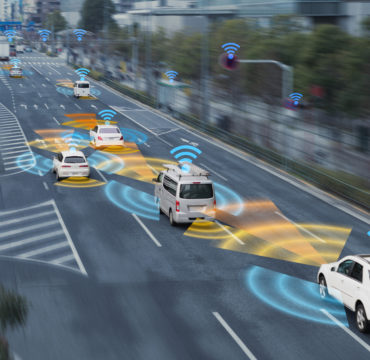What is Smart City?
July 30, 2019
By Mike Breier
We are at the beginning of a new technological revolution. Some even say it is the greatest technological advancement in human history. Really?!? Doubt it. But it will likely rival, from both a human and economic perspective, the internet revolution that has occurred over the last 25+ years. So what is a Smart City all about?
These emerging technologies have the potential to radically change entire industries and professions including delivery services, home health, automobiles, gaming, and even surgery. From a city perspective though, it is about addressing pressing issues and providing enhanced services to citizens through digital technology. This focus on digital solutions to deliver city services is being driven by the reality that populations are growing and changing, but increasing revenues to support that expansion is difficult.
Texas’ population is expected to grow a whopping 70% from 2020 to 2070, an increase of 21.5 million people. Population growth, along with changing demographics, places tremendous strain on a region’s resources which are often based on large fixed-dollar investments. Water is a limited supply resource. Electricity requires upgrades to the power supply and distribution systems. Streets can only handle so much traffic before getting clogged. Downtown parking spaces are like Elk to the hunter – seen, but rarely taken.
Smart City technology is deployed today in cities across the US. Many of them are taking the lead in testing new applications for viability which is a significant benefit to all of us.
 A City that strategically invests in Smart technology can implement programs that sense water leaks and notifies homeowners, leverage smart LED lights to reduce electricity usage, install traffic light sensors to actively manage traffic signal timing, and provide real-time updates to app users about open parking spaces. Stretching existing resources is much less expensive than hiring staff, building new roads, or laying new water lines.
A City that strategically invests in Smart technology can implement programs that sense water leaks and notifies homeowners, leverage smart LED lights to reduce electricity usage, install traffic light sensors to actively manage traffic signal timing, and provide real-time updates to app users about open parking spaces. Stretching existing resources is much less expensive than hiring staff, building new roads, or laying new water lines.
Focusing this discussion more tightly, along with a 70% growth in population, Texas is also expected to increase its water usage by 18% over the next 50 years. This sounds like a good news story, but in actuality, there is a water use shift occurring. Farming irrigation is expected to decrease by -18% while municipal water use (citizens, towns, local businesses) is expected to jump 62%1. Managing this spike in municipal water use will be critical to resource management and exactly the type of issue that Smart City technology can address. A densely packed urban and suburban environment, well supported by internet service providers, and dispersed distribution system (homes, businesses, etc.).
These capabilities are not pie in the sky promises. Smart City technology is deployed today in cities across the US. Many of them are taking the lead in testing new applications for viability which is a significant benefit to all of us. Kansas City is one such city. They built a 2-mile radius downtown test environment. As technologies prove their worth in this Smart City test zone, they then roll them out in a strategic fashion across the city.
Get more insights like this from our monthly newsletter
Subscribe
Follow Us
Email: contact@televon.com
Phone: (724) 325-1660
Copyright © 2023 Televon.
Televon® Plenteous Consulting, LLC.
All rights reserved.












